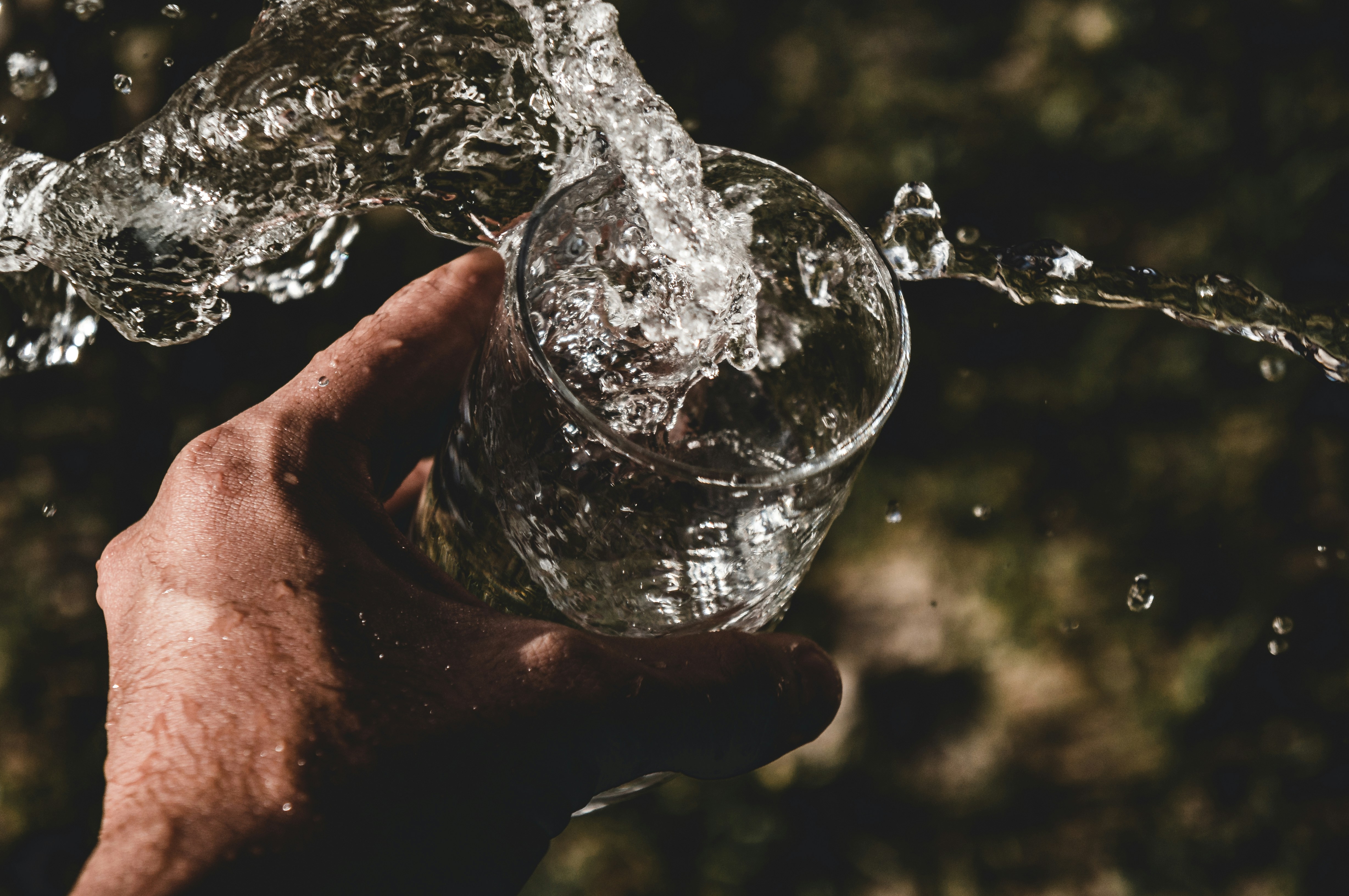How Much Should You Drink After Rucking? The Science-Based Hydration Guide

Just finished a solid ruck and wondering how much you need to drink to properly rehydrate? You're not alone. Most ruckers either under-hydrate (and feel terrible the next day) or over-hydrate (and spend the evening running to the bathroom). In this comprehensive guide, I'll show you exactly how to calculate your post-ruck fluid replacement needs using evidence-based recommendations from the American College of Sports Medicine (ACSM).
Why Proper Post-Ruck Hydration Matters for Ruckers
Rucking is a unique beast when it comes to fluid loss. Unlike a quick gym session, rucking typically involves:
- Extended duration (often 1-4+ hours)
- Continuous movement with added weight
- Outdoor conditions that increase sweat rates
- Limited opportunities to drink during the activity
When you finish a ruck, your body isn't just thirsty, it's in a fluid deficit that affects everything from muscle recovery to your next training session. Poor rehydration leads to:
- Prolonged fatigue and decreased performance
- Increased muscle soreness and slower recovery
- Higher risk of heat-related illness in future sessions
- Compromised immune function
- Poor sleep quality
The good news? There's actual science behind how much you need to drink, and it's based on something you can easily measure: your weight loss during the ruck.
The ACSM Weight-Based Hydration Formula for Ruckers
The American College of Sports Medicine provides clear guidance on post-exercise fluid replacement that's perfect for ruckers. Here's the science-backed approach:
The Basic Formula
Drink 150% of the fluid you lost during your ruck.
This translates to approximately 23 fluid ounces for every pound of body weight lost during your rucking session.
Why 150% Instead of 100%?
You might wonder why you need to drink more than you lost. Here's the deal:
- Ongoing fluid losses: You continue sweating and losing fluid through breathing even after you stop rucking
- Kidney function: Your kidneys continue producing urine during rehydration
- Absorption efficiency: Not all the fluid you drink gets immediately absorbed and retained
The 150% replacement ratio accounts for these ongoing losses and ensures complete rehydration.
How to Calculate Your Post-Ruck Fluid Needs
Step 1: Weigh Yourself Before and After Rucking
The most accurate way to determine fluid loss is through pre- and post-exercise body weight measurement. Here's how to do it right:
Before Your Ruck:
- Weigh yourself naked (or in minimal, dry clothing)
- Use the same scale you'll use afterward
- Empty your bladder first for accuracy
After Your Ruck:
- Strip off all wet/sweaty clothing
- Towel off excess sweat
- Weigh yourself on the same scale
Step 2: Calculate Your Fluid Loss
Weight Loss (lbs) = Pre-Ruck Weight - Post-Ruck Weight
For example:
- Pre-ruck weight: 180 lbs
- Post-ruck weight: 177 lbs
- Fluid loss: 3 lbs
Step 3: Determine Your Replacement Needs
Fluid Replacement = Weight Loss × 23 fl oz
Using our example:
- 3 lbs lost × 23 fl oz = 69 fluid ounces needed
That's about 8.5 cups or just over half a gallon of fluid.
Practical Post-Ruck Hydration Strategy
Timing Your Rehydration
Don't chug all that fluid at once. The ACSM recommends spreading your rehydration over several hours:
Immediate (First 30 minutes):
- Drink 25% of your calculated needs
- In our example: ~17 fl oz
First 2 Hours:
- Drink 75% of your calculated needs
- In our example: ~52 fl oz total
Complete Rehydration:
- Finish remaining fluid over 4-6 hours
- Monitor urine color as a hydration indicator
What Should You Drink?
For most rucking sessions under 2 hours, water works fine. But for longer rucks or hot conditions, consider:
Plain Water: Perfect for rucks under 90 minutes in moderate conditions
Sports Drinks: Better choice for:
- Rucks longer than 90 minutes
- Hot, humid conditions with high sweat rates
- When you've lost more than 2-3% of body weight
Advanced Hydration Monitoring for Serious Ruckers
Using Urine Color Charts
The simplest way to monitor hydration status:
- Pale yellow (lemonade color): Well hydrated
- Dark yellow (apple juice color): Dehydrated
- Clear: Possibly over-hydrated
Sweat Rate Calculations
For ruckers who train frequently, calculating your individual sweat rate helps with planning:
Sweat Rate Formula: (Pre-weight - Post-weight + Fluid consumed during ruck) ÷ Exercise duration = Sweat rate per hour
This helps you understand your individual fluid needs for different conditions.
Listen to The Rucker's Edge Podcast for More Hydration Strategies
Want to dive deeper into rucking hydration timing and performance optimization strategies?
Disclaimer
I'm not a medical professional. This post reflects evidence-based guidelines from the American College of Sports Medicine but should not replace individualized medical advice. Please consult your doctor, sports nutritionist, or certified fitness professional before making significant changes to your hydration strategy...especially if you have underlying health conditions or take medications that affect fluid balance.
Final Thoughts on Post-Ruck Hydration
Proper rehydration isn't just about quenching your thirst, it's about optimizing recovery and preparing your body for the next challenge.
The beauty of the weight-based approach is its simplicity and accuracy. No guessing, no generic recommendations that might not fit your situation. Just step on the scale, do some quick math, and drink accordingly.
Once you dial in your individual needs, post-ruck hydration becomes second nature.
Your scale doesn't lie, and neither does science. Use both to your advantage.
Ruck on (and hydrate smart),
Spencer
Host of The Rucker's Edge Podcast
Photo by Anderson Rian on Unsplash

